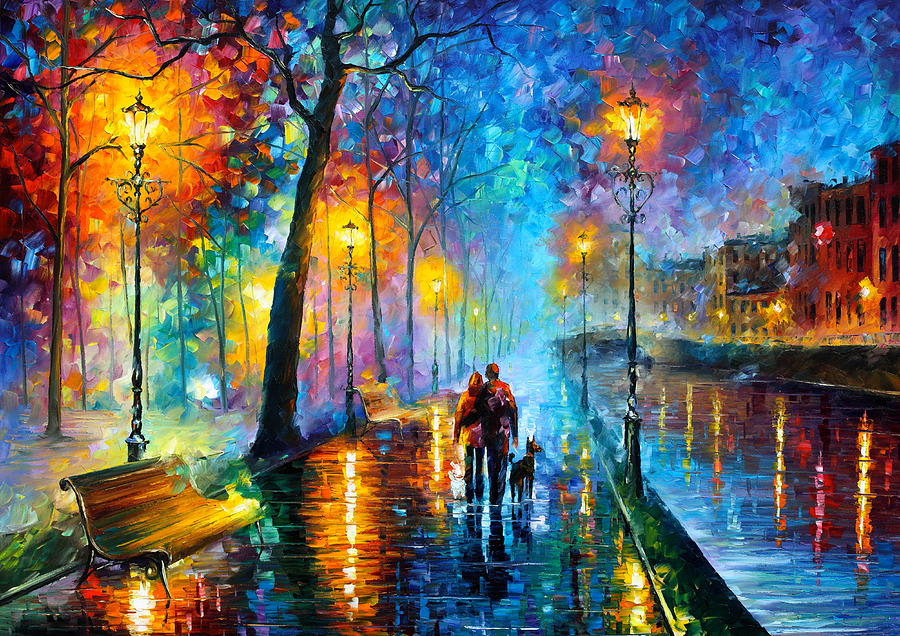Jamila Alexander
Prof. Harmon
May 31, 2015
HUA 101
Take
Home Final: Kim Schmitz
Kim Schmitz is a German-Finnish businessman
and internet entrepreneur. He was the founder of the file-sharing Megaupload
and was arrested and convicted for computer fraud, data espionage, insider
trading, copyright infringement and embezzlement. When he was arrested, most of
the artwork he had displayed in his house were confiscated by the American and
New Zealand police. Simon Denny decided that it would be a great idea to take
Kim Schmitz work and turn it into his own with meanings of depth and closure.
The exhibition about Kim Schmitz
work is at the MOMA Ps1 and is called “The Personal Effects of Kim Dotcom.
There were 110 canvases. After Kim Schmitz capture, Simon Denny worked with Cut
collective while they created a smaller version of the game room mural that
Schmitz wanted in his house, and removed sections to be blown up and added to
the 110 canvases. Denny saw this collection to be tastes of a prominent tech
entrepreneur and partly by an American assessment of his most valuable items
according to the information from the MOMA Ps1.
Denny’s art of Schmitz work is innovative and
creative because it all represented things that Schmitz liked and things that
he had that he valued. All the license plates from cars he had for example is a
way of him expressing his love for cars. Another example would be the big tires
he had lined up on a pole also representing his love for and cherishing his
cars. Denny represented the artworks as very large installations, detailed and
consist of real material.


Denny’s art makes me think
about the world in a new way because it makes sense but in a weird way, kind of
like the art style dada. To me the art is big and bold making a statement saying
that the artist is big and bad, he’s tough and showing that nothing can stop
Schmitz or bring him down, not even the law. It made me see that you can make
anything, call it your own, and it can have such great meaning behind it that
the viewer interprets themselves.
The social issues that the art
addresses is the exploitation of an individual. Schmitz home was invaded by
authorities and even his personal things were taken. Things like his bank
accounts and $175 million dollars in cash were even raided. Denny was trying to
show that the government will always have eyes on you. Nothing you do is
private. They will invade your privacy under random suspicion and go through
all your personals because that’s their job. Denny then took the work and created
it into a sarcastic way showing that there is no privacy and here, you wanted
it, now it’s there in your face.


Denny is communicating that
since Schmitz can’t express his thoughts because of his arrest that he would do
it for him but in his own way. He felt that this was interesting and wanted to
show people that you could be the voice of someone that can’t be heard due to
certain circumstances. He wanted to show that Schmitz had important things
valuable and dear to him and it was all taken away in a matter of seconds but
that didn’t stop the world from knowing another side of him other than his
website.



.jpg)
.jpg)


